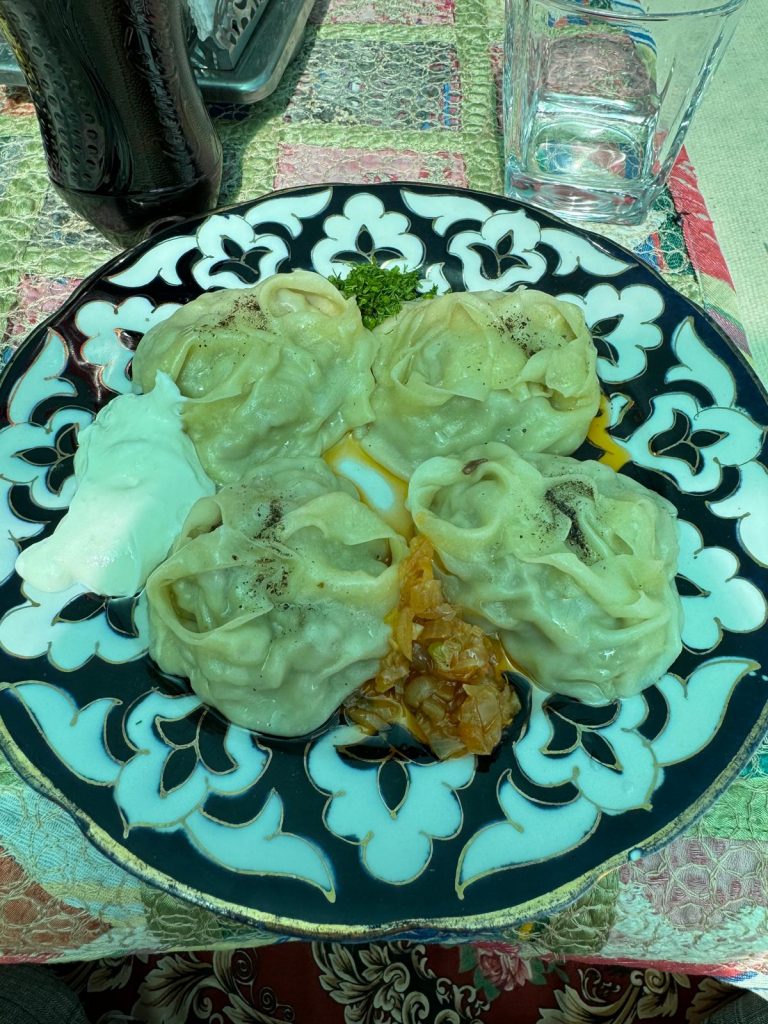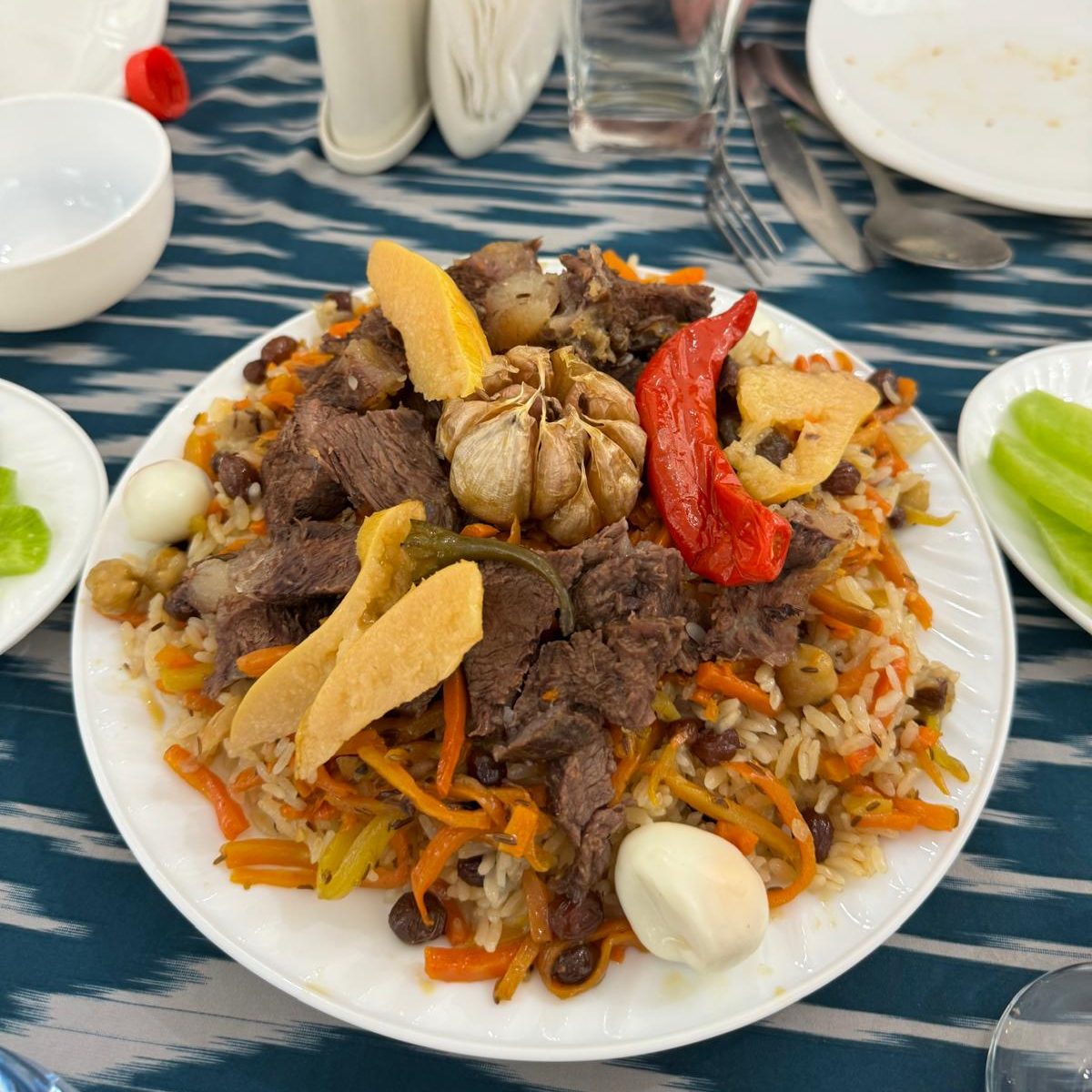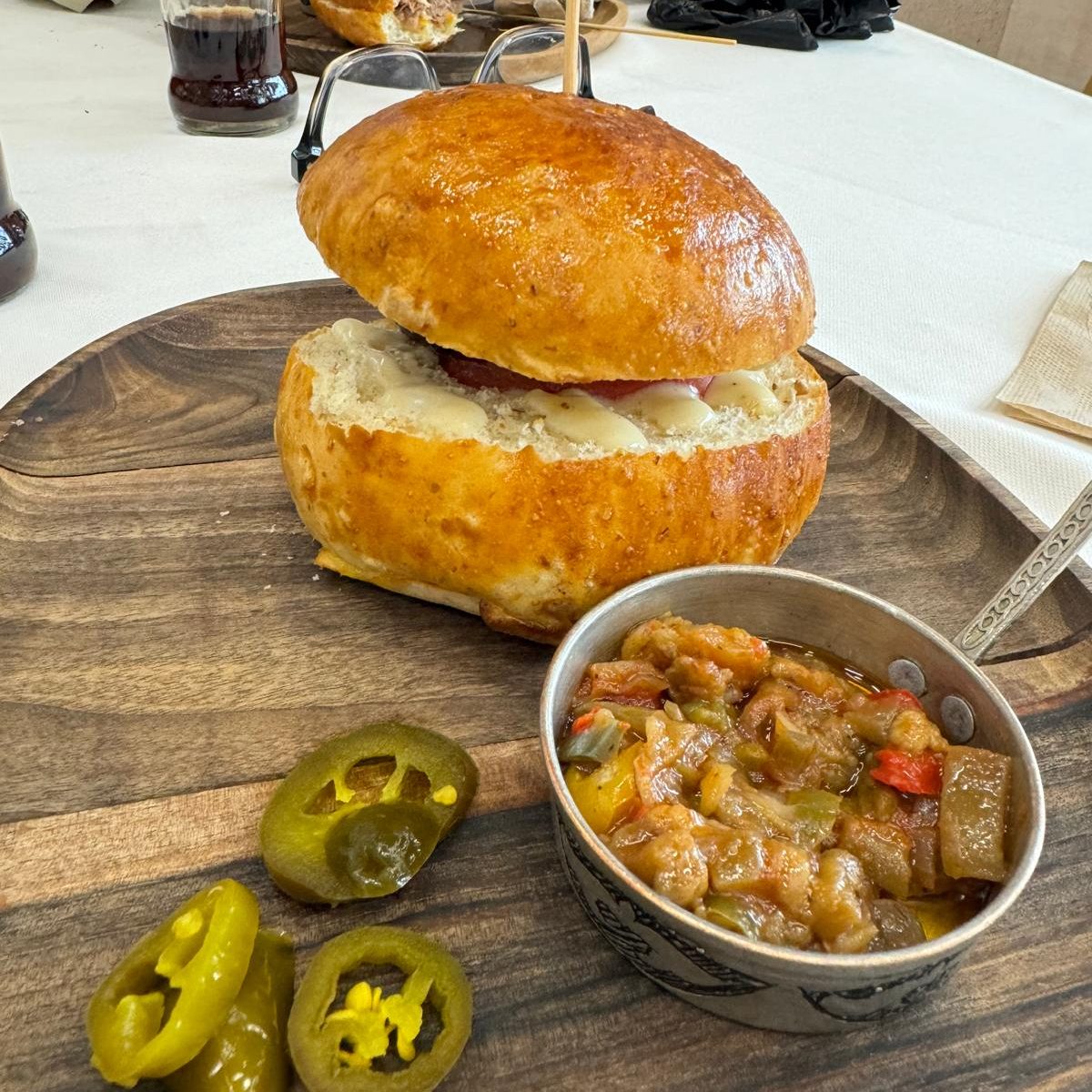Many people who travel are unsure of what to expect of Central Asian cuisine. Yes, Central Asia’s neighbours to the South such as Afghanistan, Pakistan and India all have popular cuisines involving kebab, biryani and various other spicy dishes such as curry and soups. To the East, Chinese cuisine is one of the most popular cuisines in the world – although grouping the regions of China and their significantly differing food pallets into one group does not do the food justice.
From noodles, rice, various sautéed and marinated meats, China has a very recognisable cuisine. To the west of the Stans, the Middle East is famous for its caring foods. In the Middle East you have salads, kibbeh, falafel and shawarma – some of the world’s most famous dishes originating from the Levant and other standout dishes such as malouf from Iraq and mutton and rice dishes from the gulf countries.
The Stans, gaining independence from the fall of the Soviet Union has become a melting pot for cuisines – uniting East and West traditions and ingredients with local twists.
Manti
One of the most popular Central Asian cuisine dishes you can find from Turkmenistan to Tajikistan and beyond is Manti. Manti is a dish that is famous beyond the Stans, named ‘mantu’ in Afghanistan and is thought to have originated in Turkey. Manti is essentially a dumpling – minced meat wrapped in a serrated dough steamed or fried. Manti comes in all sizes, from large Mantis the size of your palm, to micro friend Manti chuchara in Kazak. You can also find Manti in broths such as Manti Soup which combines a tomato based sauce, chopped vegetables and the micro manti.
Manti originated from a combination of factors including influence from the far east and is one of the most notable and popular dishes in the region. It is commonly served with a yoghurt-based sauce and sautéed and marinated onion.

Pilaf
Pilaf or Plov is a staple dish found in all the Stans with minor variations from country to country. Pilaf is made of an oily rice base and vegetables slowly cooked in a large wok. Ingredients in Pilaf vary, but often include chickpeas, shredded carrot, onion, chilli, raisons, beef pieces and can even a whole garlic and sometimes peaches for flavour. Once the ingredients are semi cooked, they will be covered completely by rice, spices and oil before adding water to the height of the rice. The Pilaf will then cook for another 40 minutes, marinating the rice with flavours from the vegetables and meat.
Pilaf varies between each Stan and even cities within the Stans. For example, Bhukara pilaf may contain more vegetables than the common Samarkand pilaf, which may have fewer ingredients. Not every pilaf contains raisins or peaches, but the unique differences make trying pilav in different cities exciting.

Horse
Eating horses is quite a controversial practice. For many in Central Asia, eating horses is a tradition that stretches back centuries before each state’s independence. Many travellers do not want to eat horse as they may struggle to eat domesticated animals. In the Stans, the attitude takes a different approach. Central Asian cuisine has included horse for centuries – way before they were domesticated, and thus the cultural practise and normality of eating horse is not as strange as in the West where eating horses is no where near as common.
Horse comes in many forms – you can try horse burgers, horse pilaf and even horse testicles. Often, eating horse is more economical than beef, chicken and seafood in these landlocked countries. While not for everyone, eating horse is a normal occurrence for many Central Asians and if you are brave enough, you may find that you actually enjoy it!

Central Asian Cuisine – More than What Meets the Eye
Culinary travel usually involves travelling to places such as the Levant region, Southeast, South and East Asia or Europe. However, Central Asian cuisine is commonly overlooked – mixing both traditional East Asian and Middle Eastern cuisines to create a surprising blend of dishes.
Join us for an off-the-beaten-track culinary adventure on our September 5 Stans Budget Tour or various Turkmenistan Tours running throughout the year!





